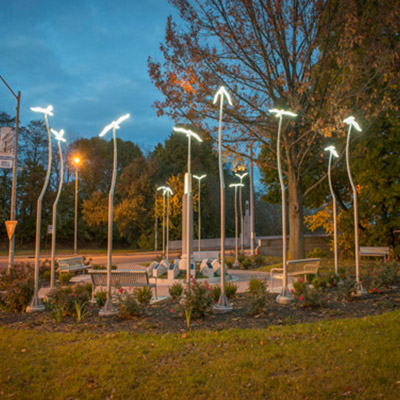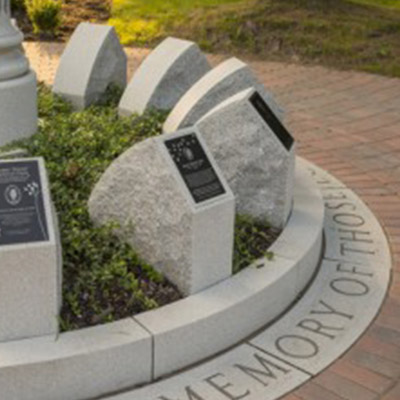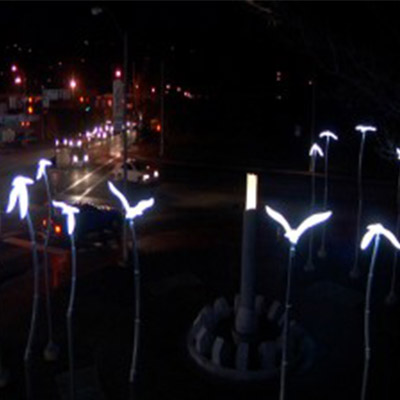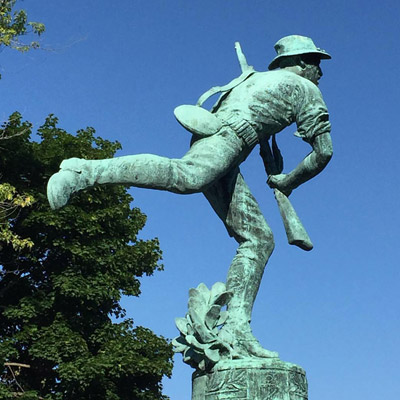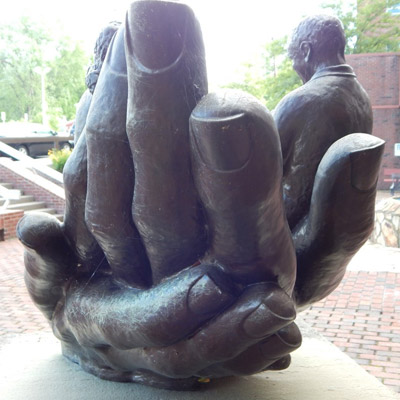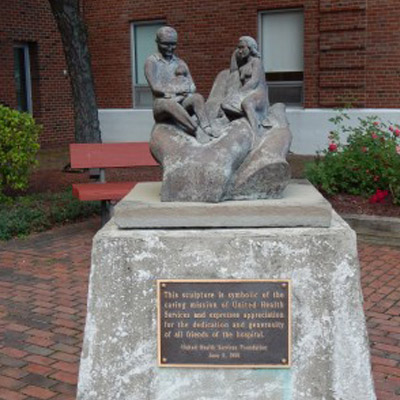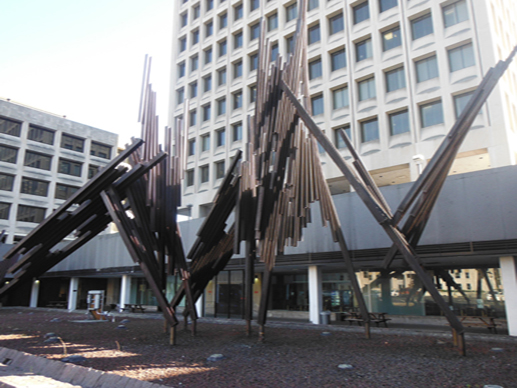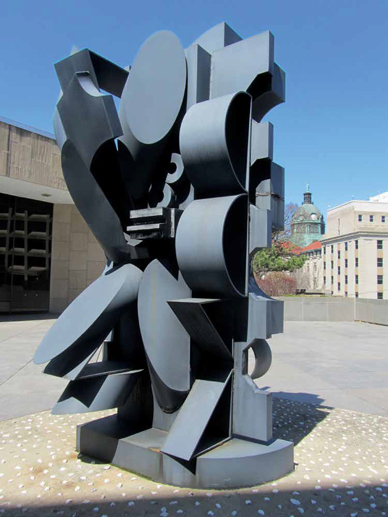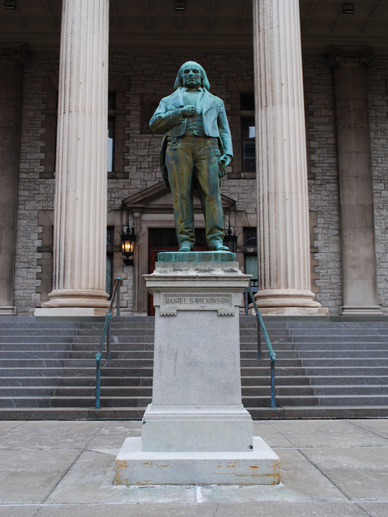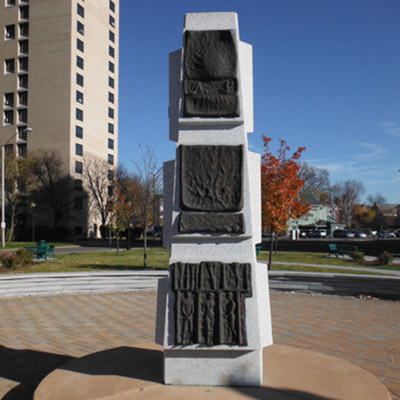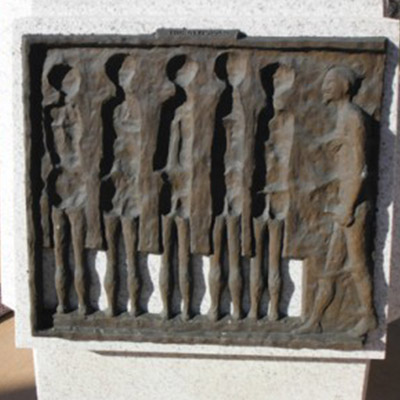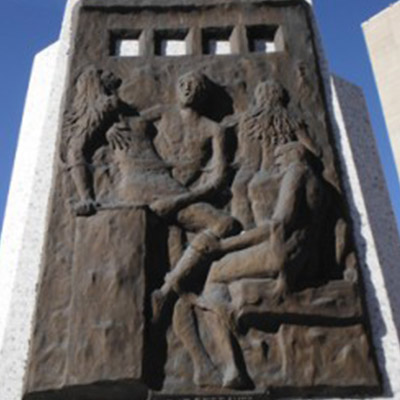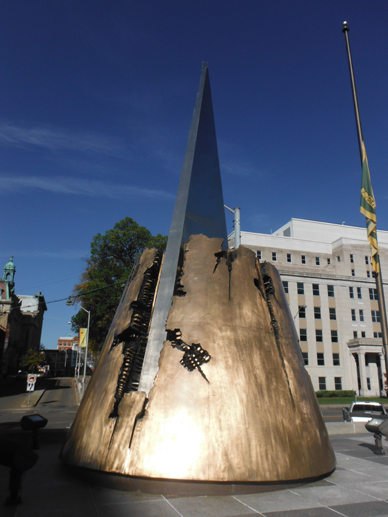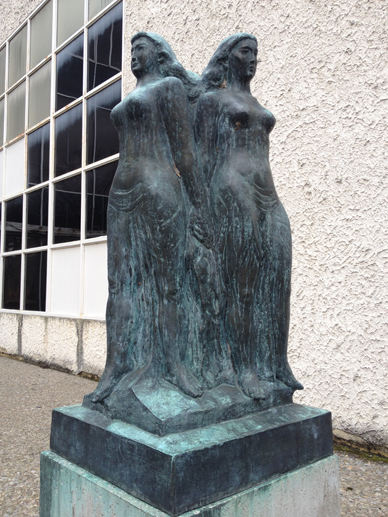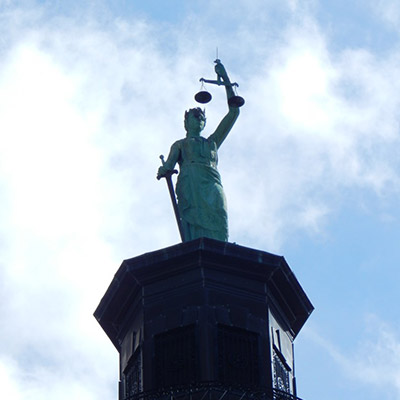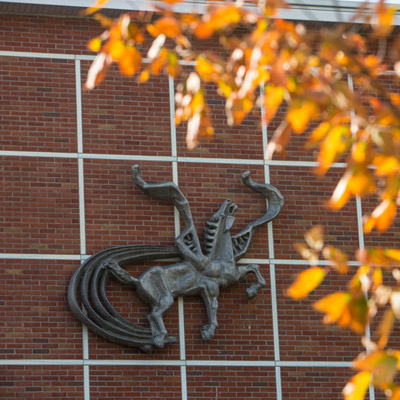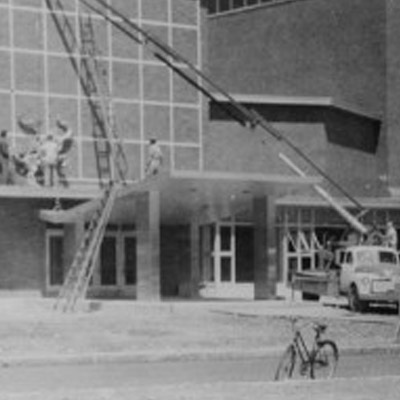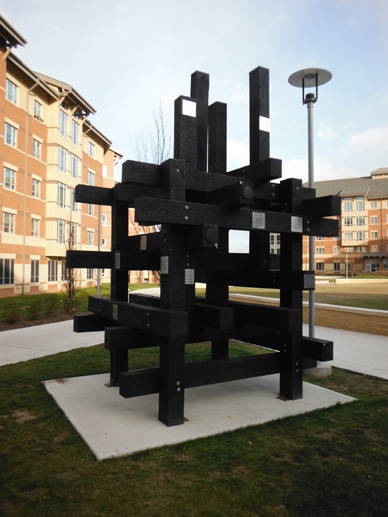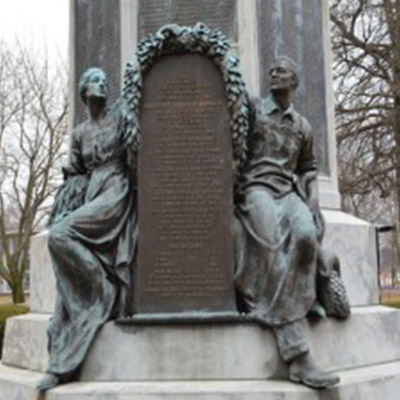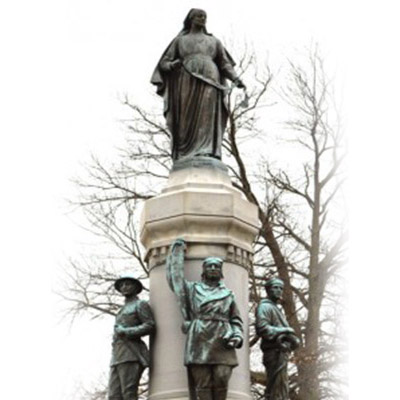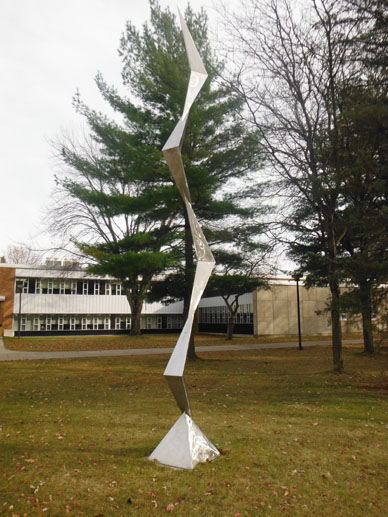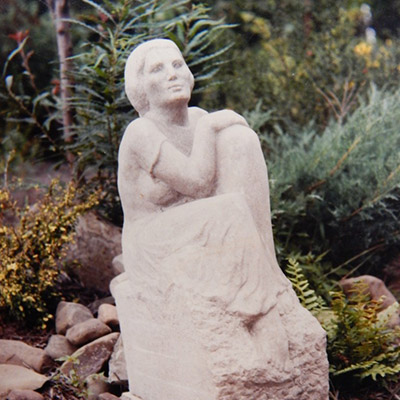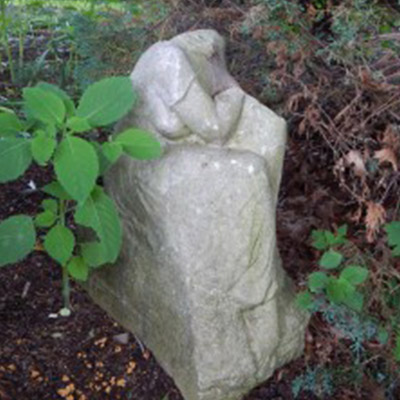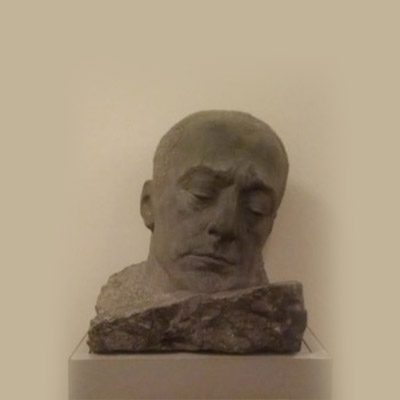Reviewed by Tony Villecco
For the past 34 years, Binghamton University alumni Bill T. Jones has been bringing his innovative and thought-provoking choreography to the forefront of modern American dance movement. Performances by the professional company developed by Jones and his fellow choreographer, the late Arnie Zane, leave one to ponder in amazement at the human body used as an instrument to propel, not only movement, but an emotional depth sometimes underplayed in the dance world today.
On Saturday night (Sept. 24) in Binghamton University’s Anderson Center, members of the Bill T. Jones/Arnie Zane Company played to an almost-sold-out Osterhout Concert Theatre. Jones was introduced by University President Harvey Stenger, who presented him with the University Medal, the university’s highest honor, in recognition for his outstanding career as both an artist and humanitarian.
Jones’ dancers presented three unique pieces, each underscored by a superb chamber orchestra led by Pauline Kim-Harris. At one point, the instrumentalists seemed like dancers themselves, standing and swaying in an almost frantic duet with the performers onstage.
The first piece was “Spent Days Out Yonder,” which opened with a relatively barren stage, save for the nine dancers whose sinuous movements evoked a series of semi-geometrical patterns. Floating movement and athleticism showed both great physical strength and effective restraint. Costumes were simple and devoid of bright or vivid colors, which made the movements that more intimate and easy to fixate upon. The excellent musicians performed Mozart’s String Quartet No. 23 in F major, K. 590.
The second piece, “Pause,” was largely performed in complete or partial nudity. This caused a few audience members to leave the theater, which was sad because the piece was neither explicit nor vulgar in any way. Perhaps, however, the Anderson Center’s program notes could have mentioned this. Then, however, we cross that dangerous line into censorship, which has no place in artistic expression.
Certainly open to one’s interpretation, the piece included a series of muffled radio or television announcers on a static-driven speaker along with music by Jerome Begin and material from Beethoven’s String Quartet Op. 18, No. 1.
The final piece was, perhaps, the most balletic but was driven with an almost intense urgency not seen in the previous two. There were, of course, pirouettes and elegant lifts and all that one would expect in a classic ballet, but this was most definitely not your great aunt’s version of Swan Lake. No, there were twisting bodies in an almost painful configuration of movement and posturing.
The excellent ensemble members seemed to propel one another onward in a series of movements that would have no place in a traditional ballet, because this is not a ballet troupe. In two movements, the dancers performed solos and duets and ensembles that encapsulated a world of blissful but frenzied freedom, the freedom to move and jump and twirl and dance in an almost cathartic synthesis.
Bill T. Jones is certainly well deserving of his place in the world of modern dance. His work is both innovative and thought-provoking but perhaps more important, it is entertainment on the highest level. It is, in short, Art.


